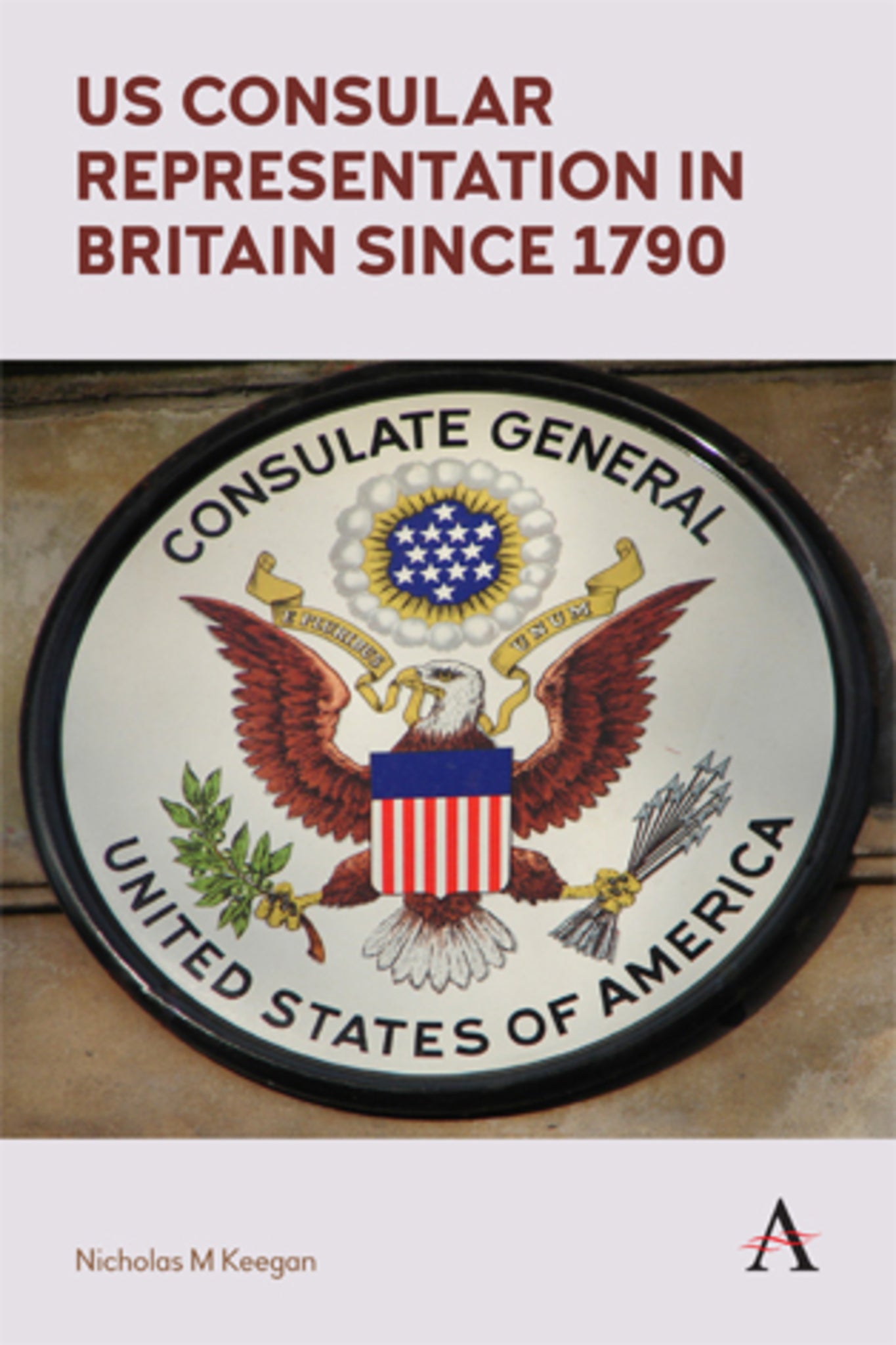We're sorry. An error has occurred
Please cancel or retry.
US Consular Representation in Britain since 1790

Some error occured while loading the Quick View. Please close the Quick View and try reloading the page.
Couldn't load pickup availability
- Format:
-
08 March 2018

In its early years the United States Consular Service was a relatively amateurish organization, often staffed by unsuitable characters whose appointments had been obtained as political favours from victorious presidential candidates—a practice known as the Spoils System. Most personnel changed every four years when new administrations came in. This compared unfavourably with the consular services of the European nations, but gradually by the turn of the twentieth century things had improved considerably—appointment procedures were tightened up, inspections of consuls and how they managed their consulates were introduced, and the separate Consular Service and Diplomatic Service were merged to form the Foreign Service. The first appointments to Britain were made in 1790, with James Maury becoming the first operational consul in the country, at Liverpool. At one point, there was a network of up to ninety US consular offices throughout the UK, stretching from the Orkney Islands to the Channel Islands. Nowadays, there is only the consular section in the embassy and the consulates general in Edinburgh and Belfast.

POLITICAL SCIENCE / International Relations / Diplomacy, Diplomacy

‘Nicholas Keegan’s US Consular Representation in Britain since 1790 is a masterful addition to American diplomatic history. It examines the consular branch of the United States in its most important ally in great detail from the immediate post-revolutionary years to 2017. He also describes the US consular system, its growth and its problems, warts and all.’ — Charles Stuart Kennedy, Oral History Director, Association for Diplomatic Studies and Training, Arlington, Virginia, USA
Dedication; List of illustrations; Preface; Acknowledgements; Introduction; PART I; 1. Early colonial history and American independence; 2. Creation and growth of the State Department; 3. Establishment and development of the Consular Service; PART II; 4. US consular representation in Britain; 5. Impact of the Civil War and the role of American consuls in Britain; PART III; 6. Consular Posts and Consular Agencies in Major British Cities; 7. Belfast; 8. Birmingham; 9. Bradford; 10. Bristol; 11. Cardiff; 12. Dublin (up to 1922); 13. Dundee; 14. Dunfermline; 15. Edinburgh & Leith; 16. Falmouth; 17. Liverpool; 18. London; 19. Newcastle upon Tyne; 20. Southampton; 21. Stoke on Trent; 22. An evolving, adaptive service; Appendix: Locations and categories of consular offices; Sources; Bibliography; Illustration captions; Illustration credits; Notes; Index.



